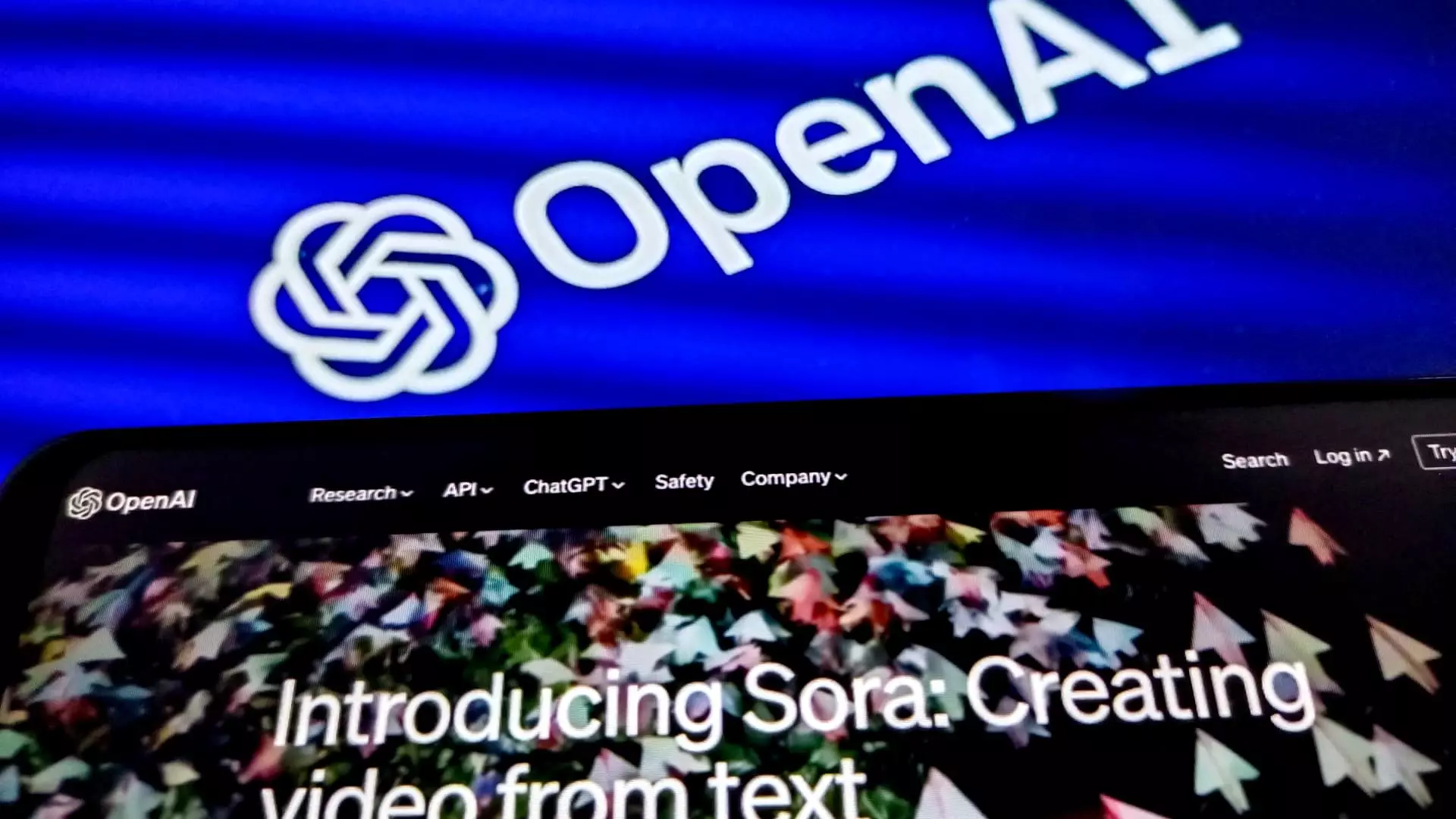The landscape of artificial intelligence is ever-evolving, and OpenAI—an outstanding player in this field—finds itself navigating choppy waters following significant executive departures. CFO Sarah Friar’s outreach to investors reveals both urgency and determination to maintain investor confidence amidst these changes. However, is her reassurances sufficient to quell the tide of uncertainty?
The resignation of Chief Technology Officer Mira Murati, along with the departures of research executives Bob McGrew and Barret Zoph, marks a tumultuous period for OpenAI. As a company at the forefront of AI technology, losing such key personnel may not only affect internal morale but also raise valid questions surrounding its competitive edge. Each of these executives played pivotal roles in shaping the AI landscape and their exit may lead to an erosion of institutional knowledge that cannot be easily replaced.
In her correspondence, Friar expressed pride in Murati’s contributions and reinforced confidence in the remaining leadership team. However, the optics of losing foundational figures in a short span glaringly highlights a potential leadership crisis. Such changes are not merely a matter of filling executive seats; they represent a shift in the company’s vision and direction, which can have residual effects at all levels of an organization.
In the face of executive turnover, the financial landscape for OpenAI appears to be resilient, as indicated by the impending $6.5 billion funding round led by Thrive Capital. This substantial investment, if successfully closed, would ostensibly uplift OpenAI’s market valuation to approximately $150 billion. This significant influx of capital is crucial, as it offers a lifeline during a period characterized by uncertainty and executive turnover.
Friar’s assertion that the round is oversubscribed speaks volumes about investor confidence in the business model and future potential of OpenAI. However, it’s imperative to analyze whether this confidence is rooted in the company’s foundational strategies or merely a speculative bubble created by trends favoring AI technologies.
Investors are often driven by a blend of optimism and pragmatism, and the presence of reputable backers like Microsoft and Apple adds a layer of credibility. Yet, whether the current funding landscape can sustain OpenAI through potential leadership instability remains an open question that only time can answer.
As OpenAI prepares to transition following executive changes, one cannot ignore the implications for innovation and product development. The company must now rely on new talent and leaders, such as Mark Chen, who has been appointed Senior Vice President of Research. While these individuals may possess the requisite qualifications, the challenge lies in fostering a cohesive vision amid recent upheavals.
Moreover, as Friar outlined in her email, the intent to host calls with investors to introduce new leadership is a prudent tactical move. Building trust and enthusiasm among financial backers is essential to navigating this period of change. However, it raises a pivotal question: can the incoming leadership inject the same level of passion, innovation, and strategic foresight as their predecessors did, especially during a critical funding round?
The recent all-hands meeting led by Sam Altman, where he refuted claims of plans for receiving a “giant equity stake,” highlights another layer of complexity. Transparency during turbulent times is essential; employees and investors alike seek assurance that the company’s leadership is aligned in both vision and incentives. Altman’s denouncement of speculations surrounding his equity raises eyebrows. While it may be a wise move to distance himself from such claims, it also opens the door to questions about the company’s governance structure and strategic direction.
In an era where corporate governance warrants increasing scrutiny, OpenAI must maintain a transparent narrative. Meshing innovation with accountability is vital; if the company is to thrive, it must continue to articulate a clear vision while managing the transitional energy surrounding its leadership team.
The recent departures at OpenAI may serve as both a hindrance and an opportunity for renewal. As Sarah Friar emphasized that the organization is “laser-focused” on sustainable innovation, the role of its leadership during this tumultuous time will be critical. How effectively OpenAI navigates this transition will ultimately determine its future trajectory in an ever-competitive AI landscape. While financial backing appears robust, the company’s resilience will undoubtedly be tested in the coming months.

